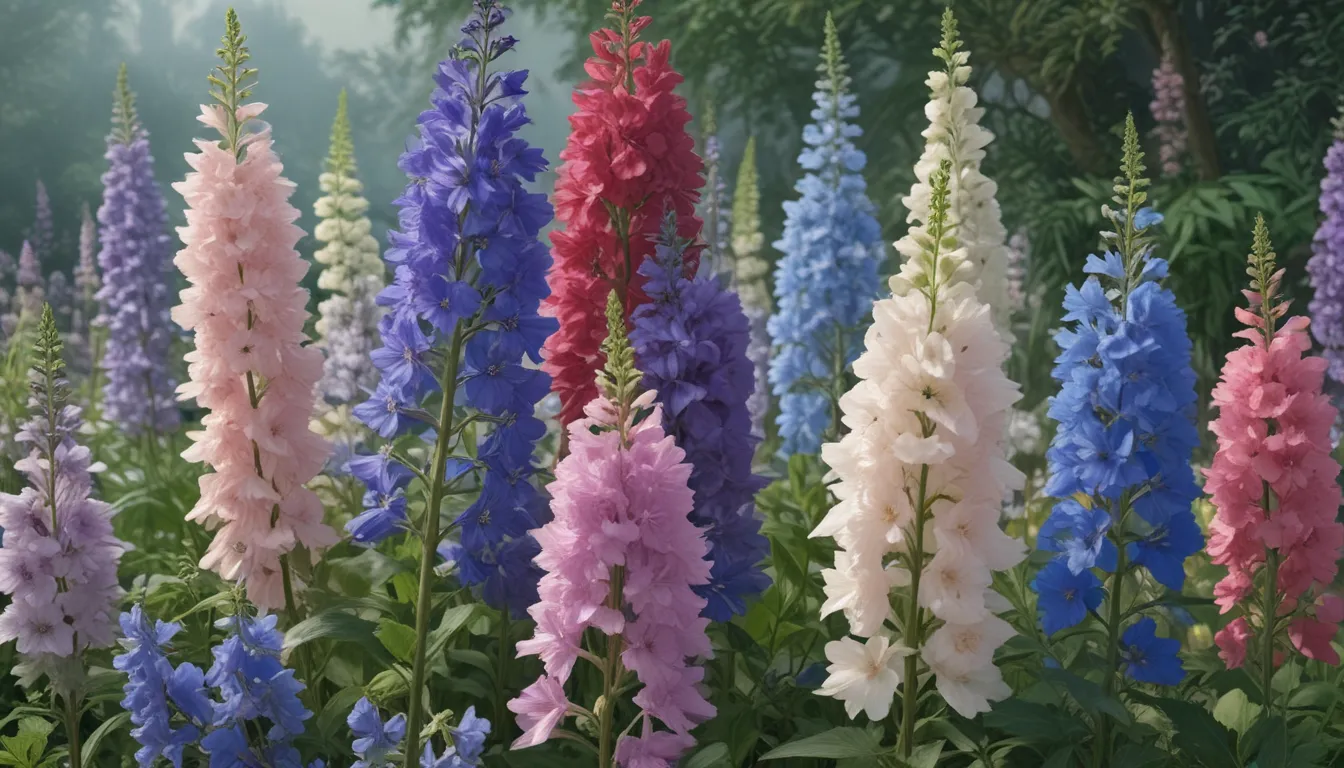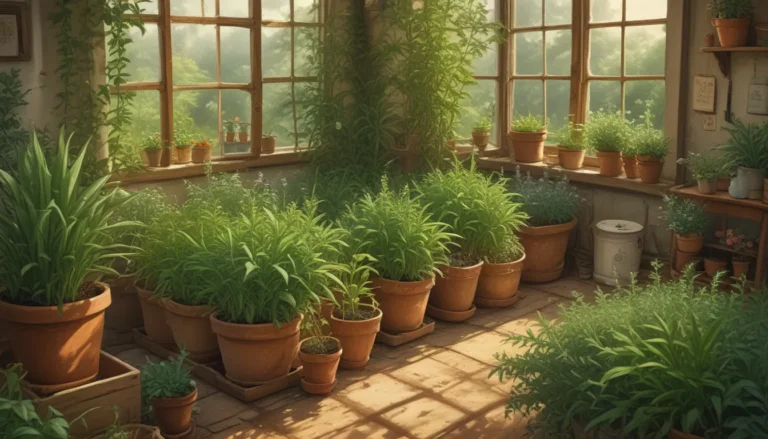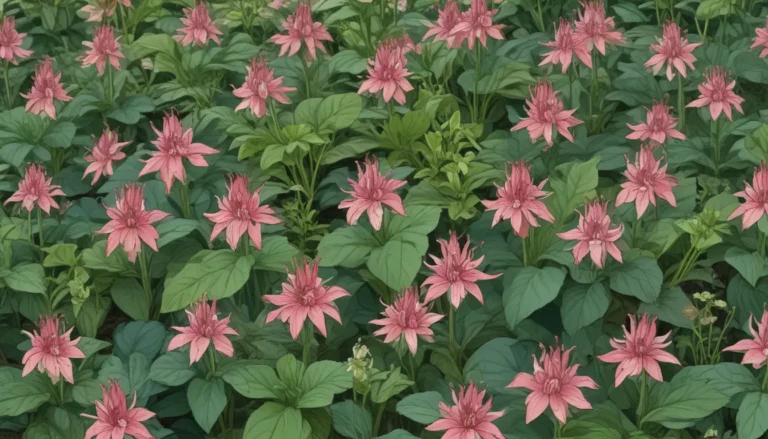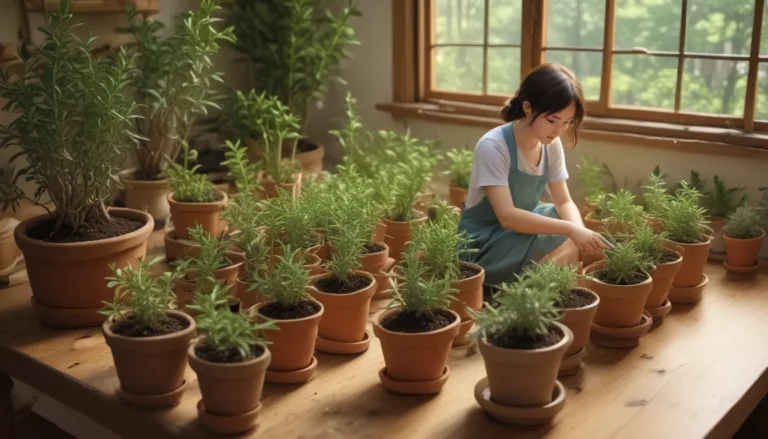A Complete Guide to Growing and Caring for Majestic Delphinium Flowers

Do you ever find yourself holding your breath in anticipation as you wait to see if your delphiniums have weathered the winter? I certainly do. Every year, I am amazed when these elegant plants push up new stalks through the remnants of last year’s growth, promising to grace my garden with stunning blue-purple flowers.
Growing delphiniums can be a rewarding experience, but it is not without its challenges. From understanding the difference between delphiniums and larkspur to managing pests and diseases, these tall, stately flowers require some specialized care. So, whether you are looking to add delphiniums to your garden or need help caring for the ones you already have, this guide is for you.
Here’s what we’ll cover:
What You’ll Learn
- What Are Delphiniums and How Are They Different from Larkspur?
- Cultivation and History
- Propagation
- How to Grow
- Growing Tips
- Pruning and Maintenance
- Series and Cultivars to Select
- Managing Pests and Disease
- Best Uses
- Quick Reference Growing Guide
What Are Delphiniums (And Are They the Same as Larkspur?)
Delphiniums, with their tall spikes of blue, purple, pink, and white blooms, have been a garden favorite for centuries. But did you know that delphiniums and larkspur are not the same thing? While many gardeners use the two names interchangeably, they are, in fact, distinct species.
The name “delphinium” is said to originate from the Greek word for dolphin, given the resemblance of the unopened flower buds to a dolphin’s nose. On the other hand, larkspur, which was previously classified under the Delphinium genus, has since been reclassified as Consolida.
Both delphiniums and larkspur belong to the buttercup family and share similarities in appearance, but there are some key differences between the two. Delphiniums are short-lived perennials with larger, densely clustered blooms, while larkspur are annuals with more delicate, spaced-out flowers.
Cultivation and History
Delphiniums are native to various regions in the Northern hemisphere and parts of high-elevation, mountainous Africa. They thrive in cold weather and are best suited for USDA Hardiness Zones 3-7, with some varieties tolerating Zone 8.
Victor Lemoine, a renowned French flower breeder, played a significant role in hybridizing delphiniums, leading to the development of many popular cultivars we see in gardens today. These hybrids come in a range of colors, including blue, purple, pink, and white.
When it comes to cultivation, delphiniums prefer rich, well-draining soil with a neutral to slightly acidic pH. They require staking to support their hollow stalks and are prone to breakage in windy conditions. Regular watering, along with periodic fertilization, is essential to ensure healthy growth and blooming.
Delphinium Propagation
There are various methods you can use to propagate delphiniums, including seed sowing, stem cuttings, and transplanting nursery-grown seedlings or mature plants. Starting from seed is a rewarding way to grow these plants, but it’s essential to purchase seeds from reputable sources to ensure color consistency in your garden.
Indoor sowing is recommended for Zones 3-6, while direct sowing can be done in Zones 7 and 8. Seeds should be planted shallowly in a seed-starting mix, kept warm until germination, and provided with adequate light for healthy growth. Transplanting seedlings into larger containers and eventually into the garden will help them establish strong root systems for future growth.
If you prefer stem cuttings, look for healthy side shoots on existing plants and follow proper cutting and rooting procedures to propagate new plants. Ensure that each cutting has adequate moisture and light to develop strong roots before transplanting into the garden.
Transplanting nursery-grown seedlings or mature plants is another quick way to introduce delphiniums to your garden, but proper care during the transplanting process is essential for their long-term health.
How to Grow Delphinium Flowers
Delphiniums require specific growing conditions to thrive, including rich, well-draining soil and full sun to part shade exposure. Staking is essential to support their tall growth and prevent breakage. Regular watering and fertilization are also necessary to encourage healthy blooming and growth.
Proper pruning and maintenance practices, such as removing spent flower stalks, monitoring for pest and disease activity, and applying fungicides or miticides when needed, will help keep your delphiniums healthy and vigorous.
Growing Tips
- Stake or grid-support plants early on to prevent breakage – Water once or twice a week, ensuring even moisture but avoiding waterlogging – Fertilize every two to three weeks with a balanced flower-specific fertilizer
Pruning and Maintenance
Proper pruning practices are essential for maintaining healthy delphiniums and promoting strong root development. By following guidelines for pruning based on the age of the plant, you can ensure long-term growth and successful blooming.
When removing spent flower stalks, it’s crucial to dispose of them properly to prevent the spread of pests or diseases. Additionally, pruning back the plants in fall and applying a final round of fertilizer will help them prepare for winter dormancy and emerge healthy in the spring.
Delphinium Series and Cultivars to Select
There are various delphinium series and cultivars to choose from, each offering distinctive colors, heights, and bloom sizes. The New Zealand Hybrids and Pacific Hybrids are popular options, featuring cultivars like ‘Mini Stars’, ‘Blue Bird’, and ‘King Arthur’ that are well-suited for gardens in different climates and growing conditions.
Selecting the right series and cultivars based on your garden’s needs and aesthetic preferences will ensure a vibrant and beautiful display of delphinium blooms.
Managing Pests and Disease
While delphiniums are relatively low-maintenance plants, they are susceptible to certain pests and diseases that can impact their health and blooming. Common pests like aphids, mites, and slugs can cause damage to the plants if left unchecked.
Additionally, diseases such as bacterial leaf spot, crown and root rot, and powdery mildew can affect delphiniums and require prompt treatment to prevent widespread damage. Proper pest monitoring, diligent pruning, and the use of organic fungicides and miticides can help protect your delphiniums from these threats.
Best Uses for Delphinium Flowers
Delphiniums are versatile plants that can be used in various garden settings, from front flower beds to cottage-style gardens. They pair well with other perennials like yarrow, coneflower, and coreopsis, creating a beautiful and harmonious landscape.
Their vibrant colors and tall spikes make delphiniums excellent choices for floral arrangements, adding a touch of elegance and charm to bouquets and centerpieces.
In summary, delphiniums are truly majestic flowers that can elevate any garden with their beauty and grace. By following proper cultivation and care practices, you can enjoy a stunning display of delphinium blooms year after year.
Would you like to know more about growing and caring for delphinium flowers? Share your questions, stories, and photos in the comments below. And don’t forget to explore our other guides on growing and caring for different types of flowers in your garden!





